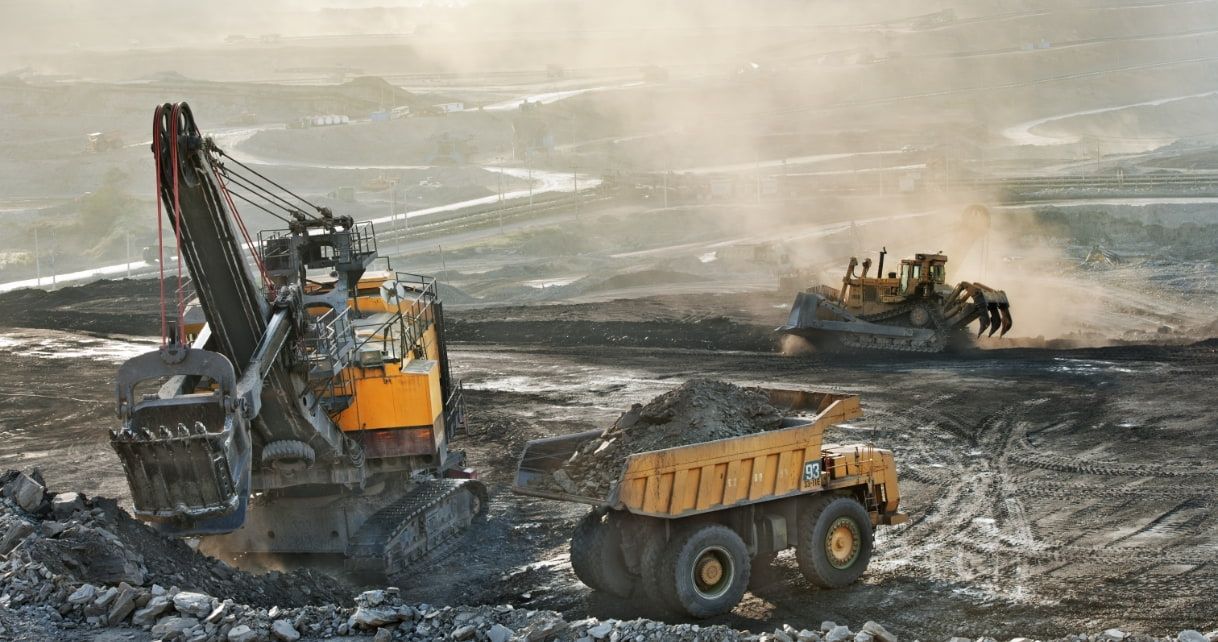a
Analysis of specific surfaces (MBI)
The methylene-blue test allows to quantify the total specific surface (external and internal) of the clay particles contained in the sample. The principle on which the test is based is that of ionic exchange between cations, which are easily exchangeable of the clay itself and the methylene-blue cations, followed by the separation of the latter from the anions in water and of the chemical absorption phenomena caused by the excess electrical charge (negative) of the clay particles. This is possible as the particles that have a larger surface and more excess charge and exchangeable cations, are the clay mineral particles. The values obtained from this analysis are tightly correlated with the malleability features of clay inside a ceramic mixture.
b
Breaking load
The maximum mono-axial stress that a material can support before breaking is defined as the breaking load. In physics this characteristic value is defined as the ration between the force F applied to a determined section of a material, which causes the breakage of the same in the initial area (i.e. before application of the load) of the section of the material itself. The breakage load, as a general rule, varies according to the type of stress to which the material is subjected. However, in the case of homogeneous and isotropic materials it is independent from the method of application of the load. For materials that do not satisfy these conditions, the breakage load can vary according to the application methods of the same, therefore different tests are performed, aimed at verifying the behaviour of the material in the conditions in which they must effectively operate.
i
Illite
Clay mineral with similar chemical composition and derivable from that of the muscovite, however a definition is not simple as the passage of the mica group towards clay minerals has boundaries that are still under discussion. The structural layout can be obtained from that of the mica, but with less potassium and silicone. The clay mineral confers good plasticity and excellent workability of illitic clays that contain it. In particular, it confers Ukraine clay, with low iron content, those workability factors that make it unique for use in ceramics.
k
Kaolinite
It is an aluminium hydrosilicate, a clay mineral produced from a hydrothermal alteration (kaolinisation) or, in acid environment, feldspar, feldspathoids and other aluminiferous silicates, present mainly in granite and gneissic type rocks. In an acid environment, with water and CO2, as well as in low temperature and low pressure conditions, these minerals release alkaline and alkaline-earth ions and transform into hydrated aluminium silicates. Kaolinite is also present in secondary sedimentary deposits, following transport by means of non-alkaline solutions and successive deposit in non-marine environments, such as the delta of rivers or lakes. In the ceramic ambit it is applied in the engobes and enamels and in the mixtures.
p
Plasticity
Is defined as the capacity of a solid to undergo great irreversible changes in shape, as a response to the forces applied. Examples of materials that exhibit a plastic behaviour are clay and soft steel. In the specific case of clay, the plasticity is conferred by the water which, spreading around the clay laminas and forming a layer that keeps the surface tension united, allow them to slide one on top of another.
s
Smectite
The smectites are a group of highly swellant minerals, due to the absorption of water or organic molecules within the structural layers. The smectites have noteworthy cationic exchange properties. The clay mineral of which they are composed in the crystalline state derives from devitrification and consequent chemical alterations of glass of magmatic origin, generally tufo stone or volcanic ash. The volcanic origins and nature of the betonite deposits give place to an often strongly heterogeneous mineral variety. Betonites are thus formed, which can be described in association with the dominant ions, such as K, Na, Ca and Al.
x
XRD diffractometry (X-ray Fluorescence)
X-ray diffraction is used to investigate the crystallographic structure of the material. The position and relative intensity of the diffraction lines can be correlated to the position of the atoms in the unit cell and its dimensions. The indexing, the structural modifications and simulation can be obtained with specific computer programs. Using this method it is possible to obtain accurate mineralogical analysis of fired and raw materials.
XRF spectrophotometry (X-ray Fluorescence)
A non-destructive analysis technique that allows to determine the element composition of a sample by the interaction of fluorescent type emission, absorption or emission of the material being analysed. This type of analysis allows the identification of elements with medium-heavy atomic weight, up to lower limit Na-F.


